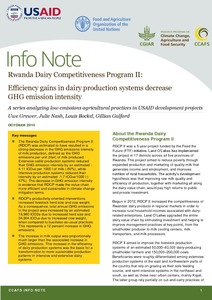Rights-based freshwater governance for the twenty-first century: beyond an exclusionary focus on domestic water uses
The UN recognition of a human right to water for drinking, personal and other domestic uses and sanitation in 2010 was a political breakthrough in states’ commitments to adopt a human rights framework in carrying out part of their mandate. This chapter explores other domains of freshwater governance in which human rights frameworks provide a robust and widely accepted set of normative values to such governance. The basis is General Comment No.











